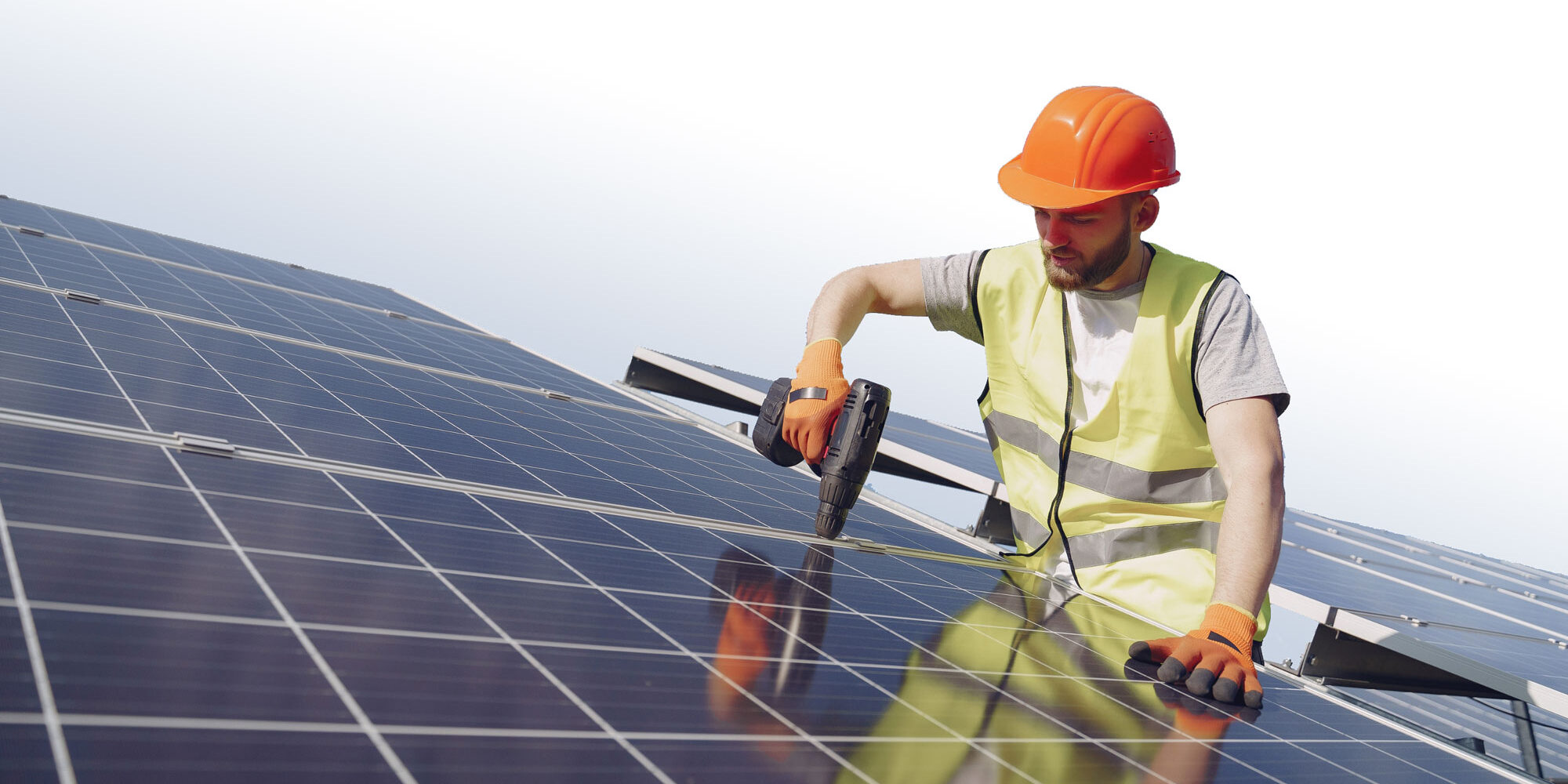It has been widely publicised throughout every media outlet this week and is believed by many to be our last opportunity to get a grip on rising temperatures to help avoid global catastrophe.
Thanks to the extensive media coverage on climate change, we should all know by now that the world is getting warmer because of emissions omitted from fossil fuels (mainly coal, gas and oil) that we still use. This change of climate has been heavily linked to more and more extreme and life-threatening weather events such as flooding and heatwaves.
The past decade has been the warmest since records began and governments from across the world all agree that collective action is needed sooner rather than later. For the COP26 climate conference, 200 or so countries have been asked for their plans on how they’re going to cut emissions by 2030.
What is the COP event?
The COP (Conference of the Parties) is a meeting that is held every 5 years and first started in 1995. COP26, which is currently being held in Glasgow, started last Sunday (31st October) and will end on Friday 12th November.
Governments from almost 200 countries come together in front of the United Nations Framework Convention on Climate Change (UNFCCC) to discuss and make collective agreements on to resolve the challenge of the climate crisis we currently face.
It’s been 26 years since the first meeting took place and now it’s time to act upon the promises that were made in the 2015 Paris agreement. This was a landmark agreement as almost every nation adopted to address climate change and the negative impact it was having on our planet.
What has been agreed at COP26?
Many countries had set out plans to reduce their emissions before the summit started last weekend, but there has been a spate of new announcements over the last few days:
• Trees: more than 100 world leaders promised to tackle deforestation, which is important because trees can absorb vast amounts of CO2. There have been similar initiatives before, but this one will be better funded
• Methane: more than 100 countries joined a scheme to cut methane emissions by 30% by 2030
• Coal: more than 40 countries have agreed to shift away from coal, the single biggest contributor to climate change
• Money: around 450 organisations controlling $130 trillion dollars – around 40% of global private assets – have agreed to back “clean” technology, such as renewable energy systems
Renewable energy solutions
That brings us nicely on to a subject we’re passionate about, renewable energy and in particular solar PV. Renewable energy is one of the most effective tools that we currently have in our fight against climate change, and we have every reason to believe it will succeed.
What’s even more prevalent to anyone who runs or owns a business, renewable technologies can increasingly save your organisation money as they replace the emissions from the fossil fuels that we continue to burn every day.
However, renewable energy has far more to offer than it just being a ‘green’ and money saving technology. This growing sector is creating more jobs, making the electricity grids more resilient, expanding energy access in third world and developing countries as well as helping lower our energy bills and dependence on fossil fuels.
All of those factors above have contributed to a renewable energy reawakening in recent years, with solar energy setting new records for the generation of clean electricity. So, it’s quite evident that renewable energy is already helping to address the climate change problem but now is the time to put our foot on the accelerator and speed things up.
If you would like to know more about our premium commercial solar PV solutions and the benefits it can bring to both your business and the fight against climate change, please don’t hesitate to contact the team on 0800 027 2244 or email us here.
Cleaner energy for a cleaner world.






